As a professional in the field, trust me when I say, I see firsthand the power that patterns and textures have on the way a home looks and feels. Mixing patterns and textures is the most optimal way to add interest and personality to your home’s interior. Used right, these elements can add depth and warmth, creating a cohesive and visually appealing home. Here are the most impactful ways to nail this design practice.
Start with a Neutral Base
Before you even begin to think about adding patterns and textures, it’s important to start with this fundamental principle. A neutral base can provide a blank canvas on which to layer patterns and textures. For the items and pieces in a room, like walls and furniture items, (ie. sofa, armchair, etc) select a neutral color.
Neutral colors can include whites, beiges, grays, and creams. They are highly versatile because they are timeless shades which will work well with a variety of styles and design elements. They also balance out the different patterns and textures that will be introduced. This helps avoid overwhelming the room with too much visual activity.
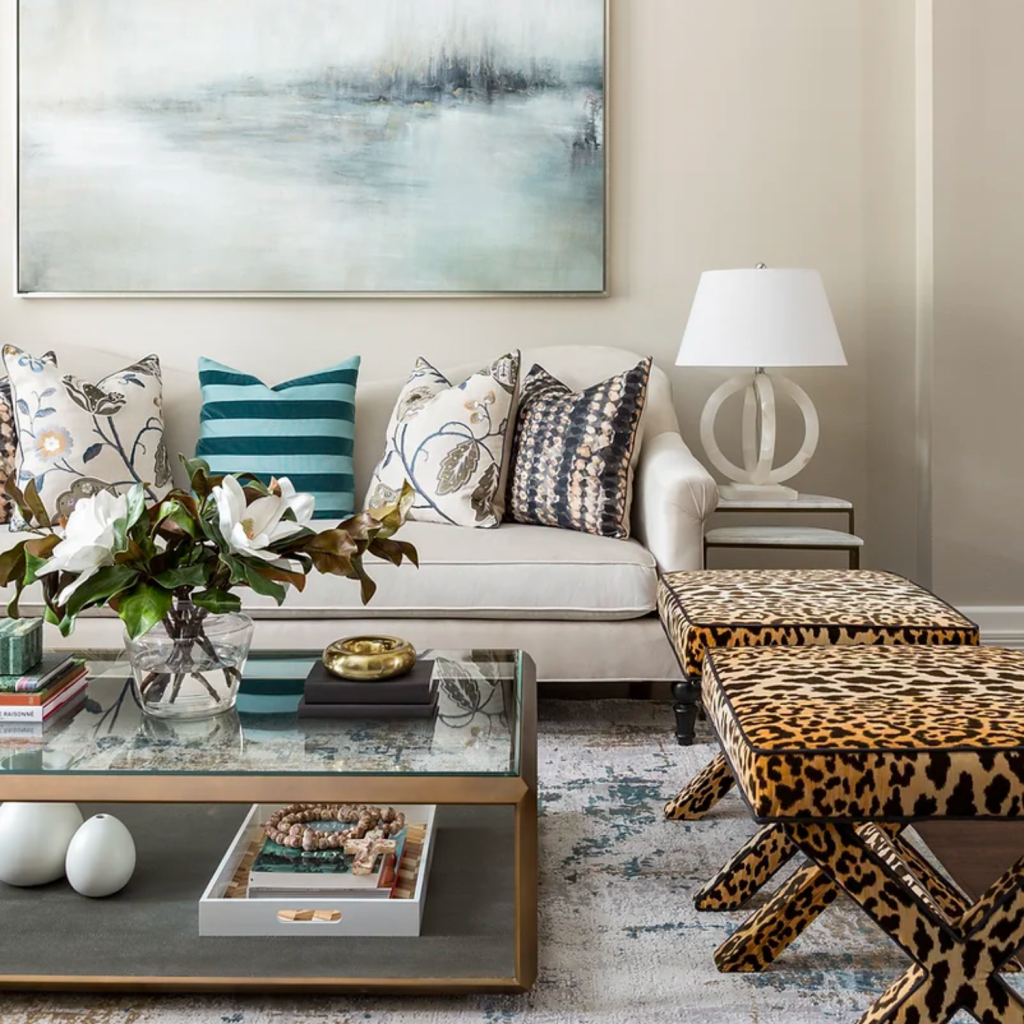
It’s worth mentioning that a big benefit of starting with a neutral base is that it allows for the ability to easily switch out the design at any point in the future. Should you ever get tired of a particular pattern or texture, it’s much easier to swap them out if you have a large, neutral base to work with.
It’s worth noting that a neutral base doesn’t have to be boring or bland. You can add interest to a neutral base by implementing them in varying textures like in a plush rug or a textured wall covering. You can also add to it by playing with different shades and tones of neutral colors, using a combination of a light and dark hues.
Choose an “Inspiration” Pattern
This step sets the tone for the entire room and serves as the foundation for the other patterns and textures in the space. When choosing this dominant piece, consider the scale and color of the pattern. The pattern should be large enough to make an impact in the room but not so overwhelming that it competes with the other elements that will be introduced. It can, and should, also be a pattern that you love and that speaks to your personal style. When selecting the colors for this piece, opt for ones which includes tones you’re generally more drawn. Including ones you wouldn’t mind seeing in larger quantities throughout the area.
READ MORE >>> Interior Design Styles: Discover Your Design Personality

There are a few different ways to incorporate an “inspiration” pattern. You can choose a patterned rug that anchors the space and sets the tone. Another option is to use a large scale, patterned wallpaper on one accent wall to create a focal point. (This is a great way to add interest and depth, especially if the rest of the room is decorated in neutral colors.). Feel free to even include this element in drapery or decorative pillows.
Now you’re ready to begin building the rest of the room around this dominant pattern. You’ll be using it as a guide when selecting other patterns and colors.
Mix Patterns with Similar Color Schemes
One of the main elements to take into consideration when mixing patterns is the color scheme. Aim for patterns which have similar colors to the ones found in the “inspiration” piece. Using the same colors but in varying shades and intensities. For example, should you select a dominant pattern with a light blue background, find another pattern with a darker blue color in it. For a more dramatic and bold effect, opt for a complimentary color to any of the shades in the dominant pattern.
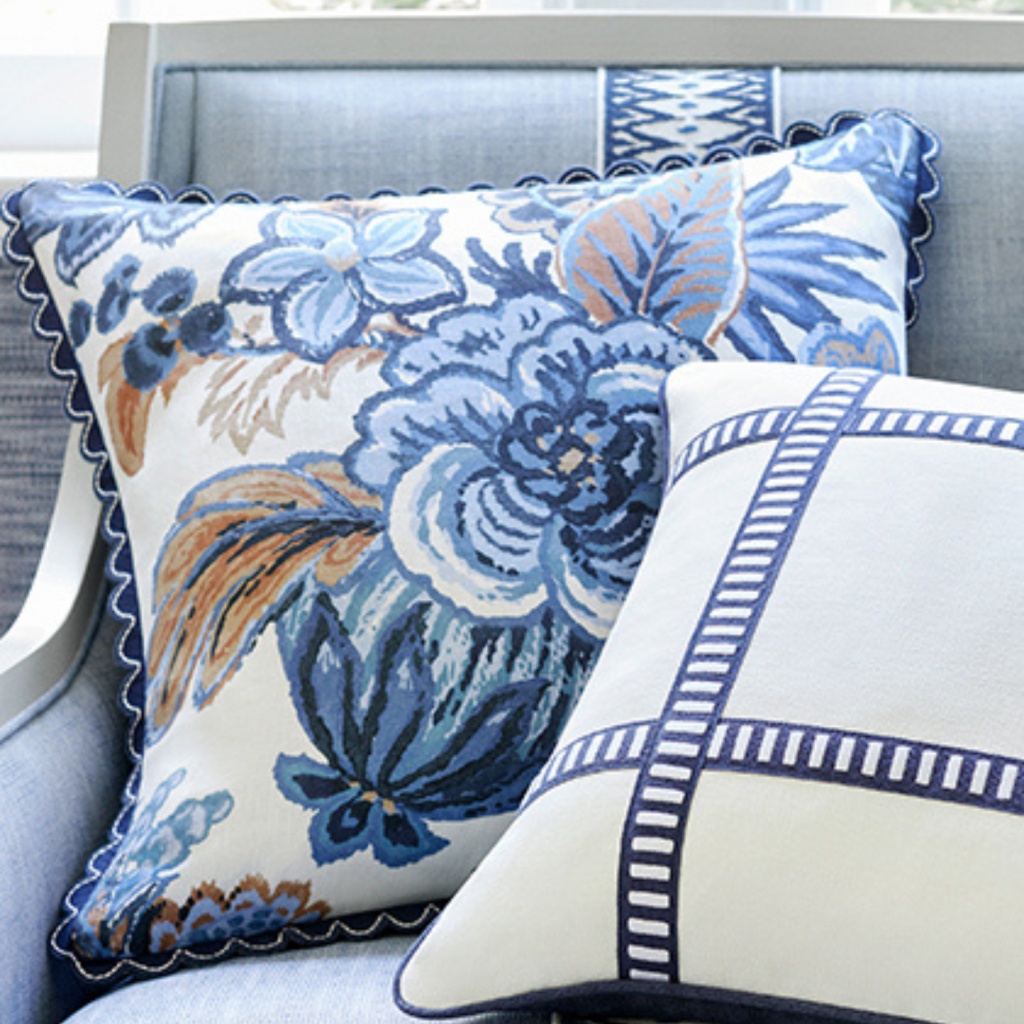
Vary the Scale of Patterns
This part of the technique involves pairing patterns of varying size and scale, ultimately creating a dynamic and layered effect. While it’s fairly straightforward, it’s important to keep a number of things in mind. Firstly, select several patterns with a similar color scheme – meaning that while the patterns might be of varying size, they should share common colors which tie them together.
Another significant aspect of this method involves differing the scale of patterns in a way that brings interest to the room. For example, a large pattern on a sofa can be paired with a smaller pattern on an accent chair or drapery, while a small pattern on a pillow can be paired with a larger pattern on a rug.
READ MORE >>> How to Increase Home Value Using Strategic Renovations
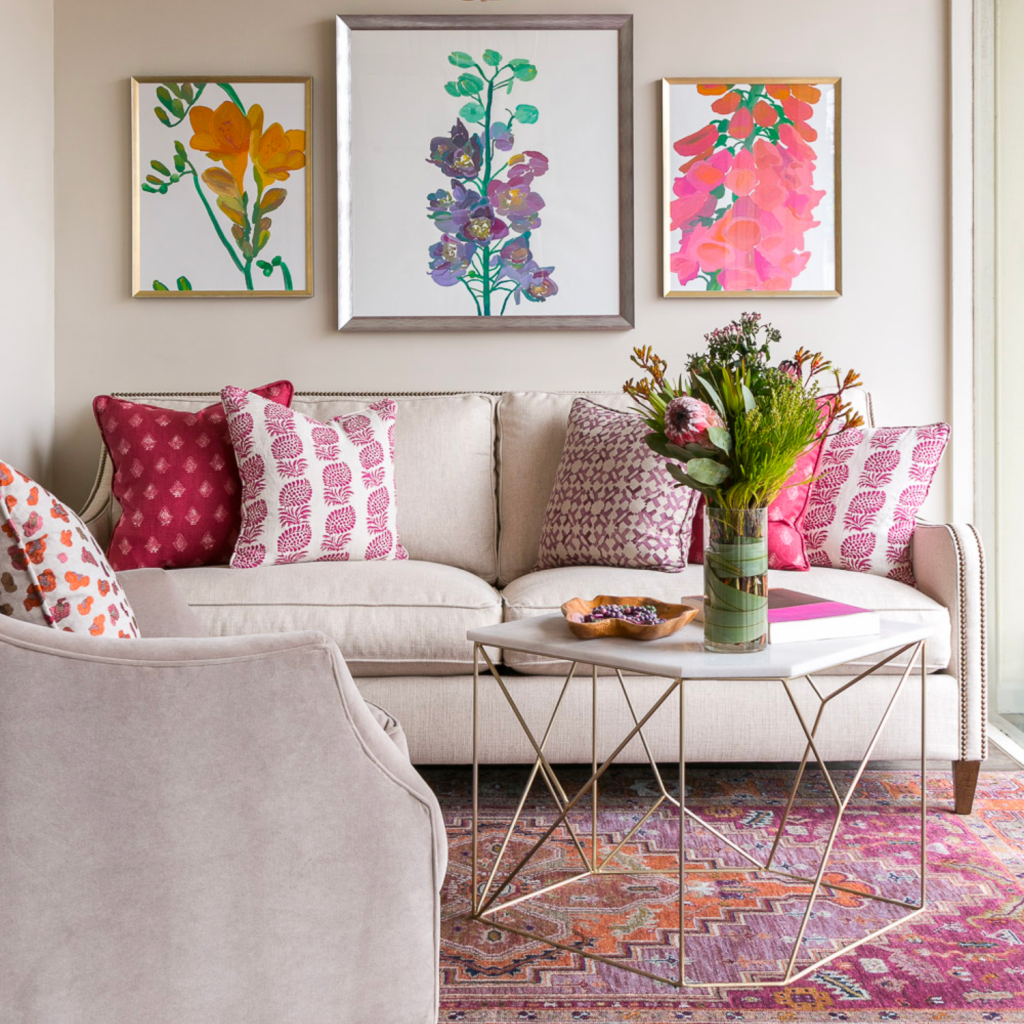
Doing this method effectively means using the 50-30-10 rule. To simplify, this rule suggests that 60% of a room’s color should come from one of the shades in dominant pattern, 30% from the secondary color in the pattern and 10% from a third color in the pattern. Following this tactic in an effective way, will allow you to create a space that feels intentional and thoughtfully designed.
Vary Textures
It’s important not to overlook the importance of varying textures in a space as well, it’s most helpful in helping balance out the use of all the patterns. One way to incorporate texture is through the use of textiles like throw pillows, blankets, and area rugs. Pari a leather sofa with a soft, fluffy rug and a collection of textured throw pillows.
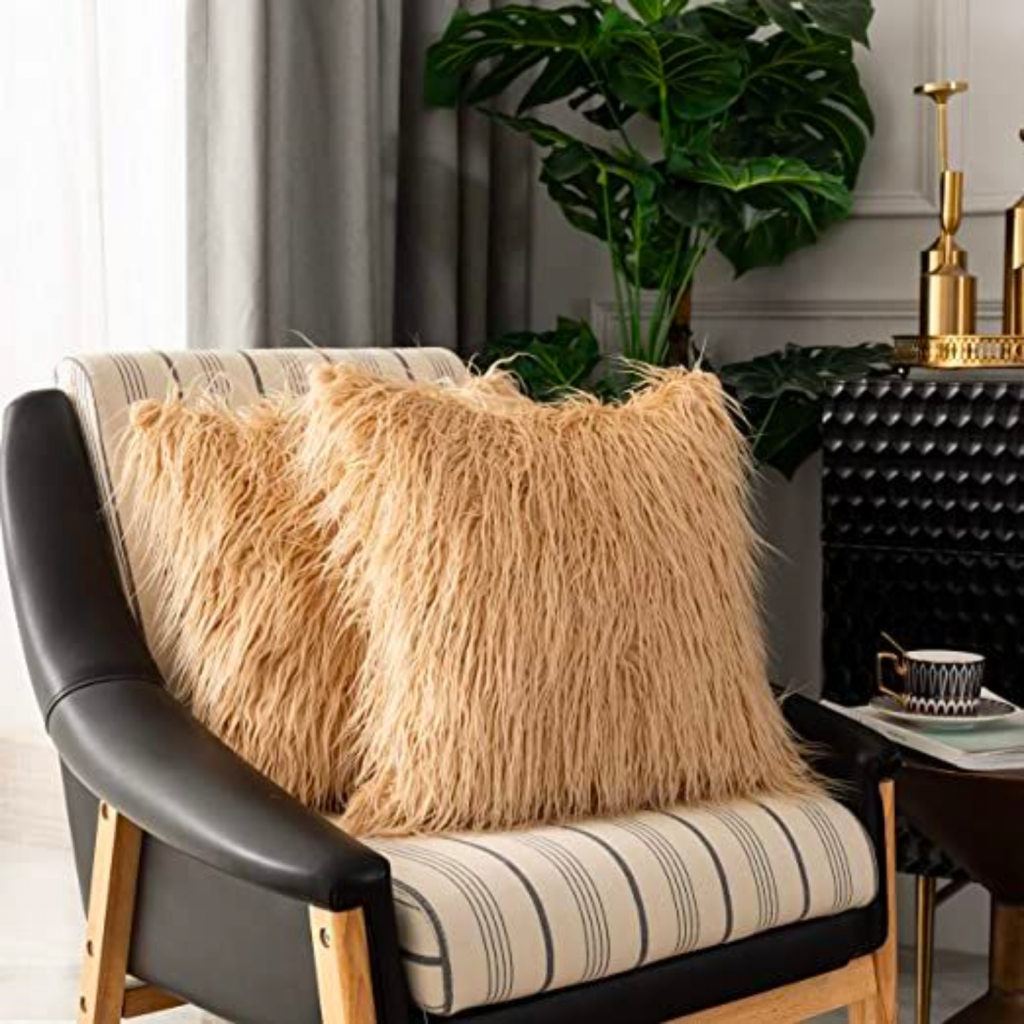
It’s important to strike a balance when incorporating texture, however. Too many patterns or textures can make a space feel overwhelming and chaotic, while too few can make it feel dull and lifeless. By using a variety of them in a thoughtful and deliberate way, you can create a space that looks and feels curated.
Use Solid Colors to Break Up Patterns
Too many patterns can be overwhelming, making a room feel chaotic. The use of solid colors to visually break up patterns is a great way to create a dynamic and visually engaging room. Pairing a patterned rug with a solid color sofa or accent chair can help ground the space and create a sense of visual relief. This will allow the eye to rest and help prevent the space from feeling too busy or overpowering. Another way to use solid colors to break up patterns is through the use of accessories. A collection of patterned throw pillows on a sofa, can be balanced out with a solid color throw blanket.
READ MORE >>> Studio McGee Design Style Secrets Revealed
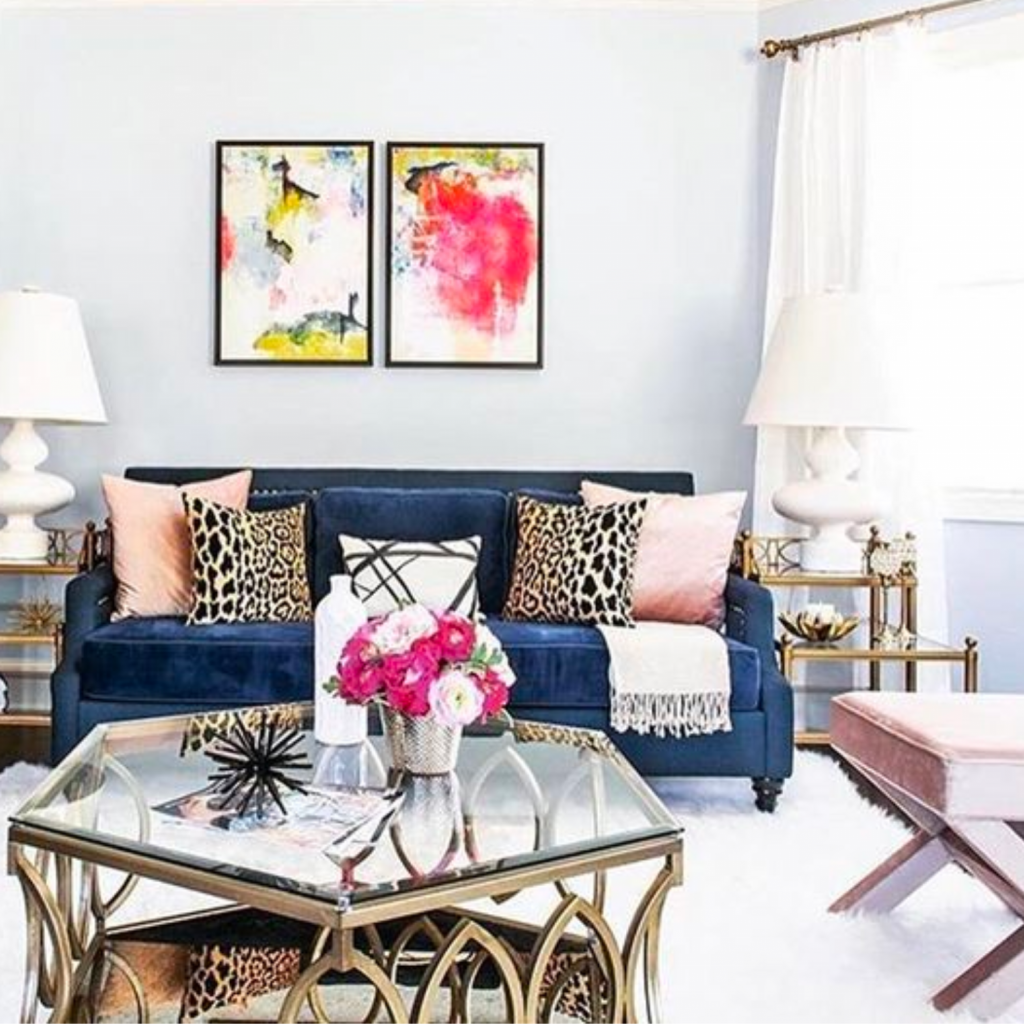
When using this technique, it’s important to choose colors that complement the patterns in the space as well. For example, a rug with shades of blue and green, paired with a solid color sofa in a complementary shade will help to tie the space together. This will allow all of the elements in the space to work together and you’ll have a magazine worthy look in no time.
Consider Pattern Placement
The placement of patterns is just as important as the patterns themselves. When mixing them, consider where the patterns will be placed in the room. One way to consider their placement is by focusing on the dominant pattern in the space. Select where it will be placed and how it will interact with the other patterns surrounding it. With a large patterned rug, select medium and small scale patterned pieces and distribute them equally around the room.
Another way to consider pattern placement is by using patterns to draw attention to specific areas of the room. A patterned accent wall can be highlighted by placing a piece of artwork or a decorative object in front of it to draw attention to it. Or, use patterned drapery to frame a window and draw attention to the view outside.
It can be a bit intimidating to incorporate these elements into your home decor, especially if you’re a novice decorator and aren’t sure where to start. It’s important to approach these design techniques with intention and care to avoid overwhelming a space or creating a chaotic look. These are my top tips and tricks for how to mix and match patterns and textures in a sophisticated and stylish way. Using these tried and tested insider techniques, you’ll be equipped to create a designer look all on your own.



